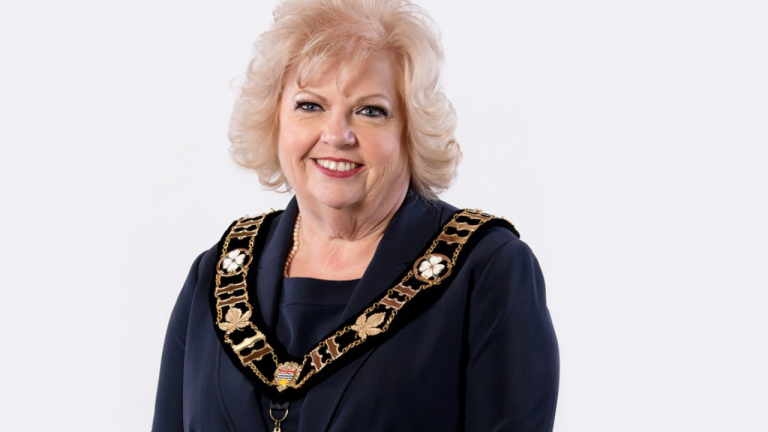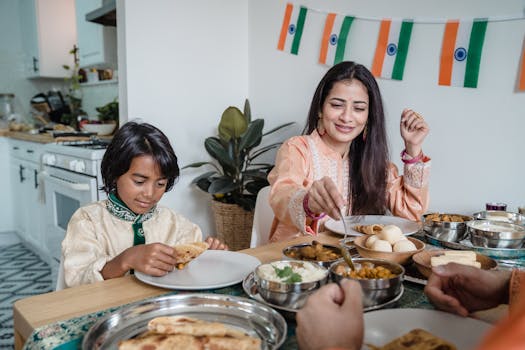
A Journey Through the Cultural Tapestry of Pakistan
Takeaways: This article takes you on an immersive journey through the diverse cultures, traditions, and historical significance of Pakistan. Discover the importance of regional variations, the impact of history on culture, and the vibrant festivals that showcase the spirit of Pakistani life.
Introduction
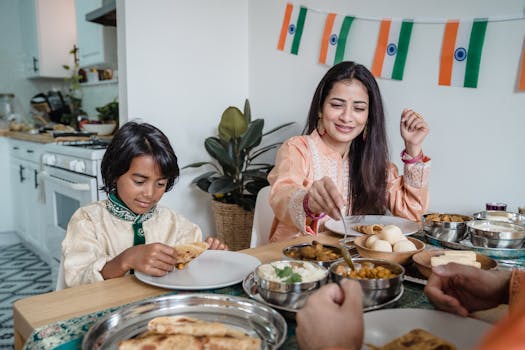
The Ethnic Mosaic of Pakistan
Pakistan is home to numerous ethnic groups, each contributing to the country’s vibrant cultural mosaic. The major ethnic groups include Punjabis, Sindhis, Pashtuns, Baloch, and Muhajirs, among others. Each group has its own language, traditions, and customs, making Pakistan one of the most culturally diverse countries in the world.
Punjabis
Punjabis are the largest ethnic group in Pakistan, primarily residing in the Punjab province. Their culture is known for its colorful festivals, folk music, and dance forms such as Bhangra and Gidda. The city of Lahore, a cultural hub, hosts the famous Lahore Literary Festival, showcasing literature, art, and music.
Sindhis
In Sindh, the Sindhi people celebrate their rich heritage through their music, dance, and festivals. The Sindhi Ajrak, a traditional block-printed shawl, symbolizes Sindhi culture. Festivals like Cheti Chand celebrate the arrival of spring and the Sindhi New Year, bringing communities together in joyous celebrations.
Pashtuns
The Pashtun culture, primarily found in Khyber Pakhtunkhwa and Balochistan, is renowned for its hospitality, poetry, and traditional dress. The Pashto language is rich in literature, with poets like Ghani Khan and Hamza Baba celebrated for their contributions. The colorful Pashto cultural festivals highlight their traditional music and dance.
Baloch
Balochistan, home to the Baloch people, is known for its rugged landscapes and nomadic lifestyle. Their rich oral tradition includes storytelling and poetry, with events like the Sibi Mela showcasing their traditional crafts, music, and dance.
Historical Influences on Culture
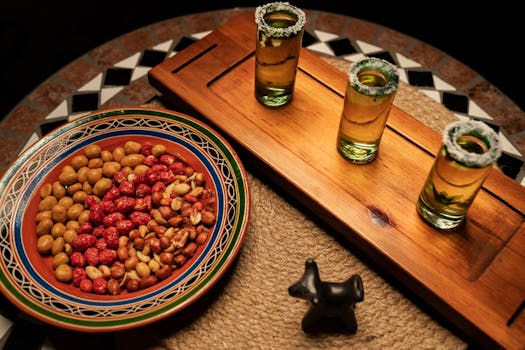
Indus Valley Civilization
The Indus Valley Civilization, one of the world’s oldest urban cultures, laid the foundation for modern-day Pakistan. Archaeological sites like Mohenjo-Daro and Harappa reveal advanced urban planning and a rich cultural life. The artifacts discovered here reflect the sophisticated craftsmanship and trade practices of the time.
Mughal Empire
The Mughal Empire, which ruled over the Indian subcontinent, had a profound impact on the culture of Pakistan. The era is known for its architectural marvels, such as the Badshahi Mosque and Lahore Fort, which showcase stunning Mughal architecture. The influence of Persian and Central Asian culture is evident in the art, music, and cuisine of Pakistan today.
Colonial Era
The British colonial period also left its mark on Pakistan’s culture. The introduction of Western education, legal systems, and infrastructure influenced societal structures. The struggle for independence fostered a sense of national identity, which continues to shape cultural expressions in contemporary Pakistan.
Festivals and Traditions
Pakistan’s cultural diversity is celebrated through its vibrant festivals and traditions, which bring communities together and showcase the country’s rich heritage.
Eid Celebrations
Eid-ul-Fitr and Eid-ul-Adha are two of the most significant Islamic festivals celebrated across Pakistan. Families come together to offer prayers, share meals, and give to charity. The festive atmosphere is marked by colorful clothing, sweet dishes like sheer khurma, and the spirit of togetherness.
Basant
Basant, the spring festival celebrated in Lahore, marks the arrival of spring and is famous for kite flying. Streets come alive with vibrant yellow attire, and the skies are filled with colorful kites, creating a festive ambiance that attracts locals and tourists alike.
Independence Day
Every August 14, Pakistanis celebrate Independence Day with fervor. The day is marked by flag hoisting ceremonies, parades, and cultural performances, reflecting the pride and patriotism of the nation. Schools and communities organize events to honor the struggle for freedom.
Culinary Heritage
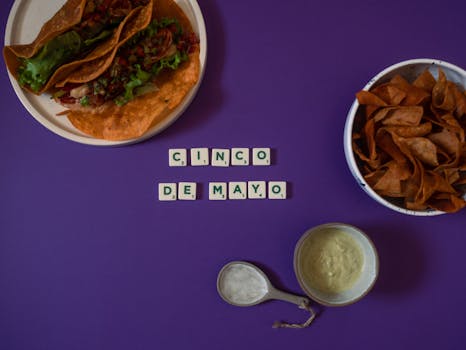
Punjabi Cuisine
Punjabi cuisine is famous for its rich and hearty dishes. Staples like biryani, karahi, and various types of bread such as naan and roti are popular. Street food, like golgappay and chaat, adds to the culinary experience, with vendors serving delicious snacks in bustling markets.
Sindhi Cuisine
Sindhi cuisine is known for its distinct flavors and use of spices. Dishes like Sindhi Biryani and Saag are beloved, and the traditional Sindhi breakfast often includes khichri and lassi. The emphasis on fresh ingredients and flavors makes Sindhi food unique.
Pakhtun Cuisine
Pakhtun cuisine is characterized by its simplicity and use of fresh produce. Dishes like Peshawari Naan and Chapli Kebab are popular. Traditional cooking methods, such as tandoor baking, add to the authenticity of Pakhtun food, making it a delightful experience for food lovers.
Heritage Sites: A Glimpse into the Past
Pakistan is home to numerous heritage sites that reflect its rich history and architectural splendor. These sites attract visitors from around the world, offering insights into the country’s past.
Mohenjo-Daro
Mohenjo-Daro, a UNESCO World Heritage site, is one of the best-preserved urban settlements of the Indus Valley Civilization. The ruins showcase advanced city planning, drainage systems, and impressive architecture, providing a glimpse into ancient life.
Taxila
Taxila is another UNESCO World Heritage site, known for its archaeological significance. It was a center for learning and culture during the Gandhara period, with ancient monasteries and stupas that reflect the blend of Indian and Greek influences.
Badshahi Mosque
The Badshahi Mosque in Lahore, built during the Mughal era, is an architectural masterpiece. Its grand structure and intricate designs attract visitors and worshippers alike, standing as a testament to Pakistan’s rich Islamic heritage.
Conclusion

FAQs
Q1: What are the major ethnic groups in Pakistan?
A1: The major ethnic groups in Pakistan include Punjabis, Sindhis, Pashtuns, Baloch, and Muhajirs, each with its unique culture and traditions.
Q2: What are some popular festivals celebrated in Pakistan?
A2: Some popular festivals in Pakistan include Eid-ul-Fitr, Eid-ul-Adha, Basant, and Independence Day, each celebrated with unique customs and traditions.
Q3: What is the significance of heritage sites in Pakistan?
A3: Heritage sites in Pakistan, such as Mohenjo-Daro and Taxila, provide insights into the country’s rich history and architectural achievements, showcasing its cultural heritage.
Q4: What types of cuisine can one find in Pakistan?
A4: Pakistani cuisine is diverse, with regional specialties such as Punjabi biryani, Sindhi curry, and Pashtun kebabs, reflecting the country’s cultural richness.
Q5: How does culture influence daily life in Pakistan?
A5: Culture plays a significant role in daily life in Pakistan, influencing social norms, festivals, culinary practices, and the overall lifestyle of its people.
